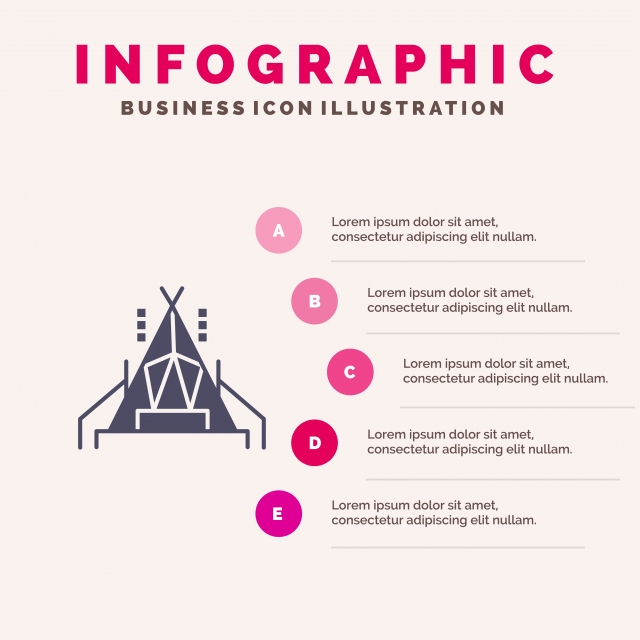From the nomadic tribes of Central Asia to glamping sites all over the world, bell outdoors tents have actually become a symbol of rustic journey. Their legendary silhouette and roomy interiors create an atmosphere that is both comfy and majestic.
How many people can sleep in a tent?
Their origins can be traced to armed forces camping tents created by Henry Hopkins Sibley, that patented the cone-shaped canvas sanctuary in 1856. The style was based upon the Native American teepee and was developed to be quickly set up, resilient and mobile.
Beginnings
The bell camping tent has been a staple for outdoor lovers because the 19th century. The design is rooted in armed forces outdoors tents that saw solution in the Crimean Battle, and later on came to be prominent with scout groups across America. The American Sibley outdoor tents was a version of the European bell camping tent. Its creator, Henry Hopkins Sibley, took inspiration from the Native American tepee when creating his variation. His version integrated a single center post, elevated bigger wall surfaces and a venting cap that allowed smoke from the cooktop to get away.
Today, modern canvas bell outdoors tents use a sense of luxury for camping enthusiasts and are a prominent choice for glamping hideaways. With a large interior and an eye-catching form, these tents can be embellished with furnishings and design to create a comfortable and intimate setting for passengers. The circular design additionally aids with wind resistance and allows for flexible indoor designs. The easier design with fewer posts and risks makes it simpler to set up camp and transportation to different locations.
Army Usage
The Bell Camping tent was a home-away-from-home for many soldiers in the 18th century. It was made use of on the field of battle in addition to for command centres and field hospitals.
Its ability to be promptly established in a variety of goal circumstances enabled it to serve as a reliable shelter and workspace. Its modular layout indicates it can expand or contract to fit the demands of different sized teams and goals.
Furthermore, it can be easily transported making use of a range of lorries and hand-operated transport, making it a sensible option for military and rescue procedures. Its lightweight, compact nature additionally makes it simpler for soldiers or rescuers to lug and trek across intricate terrain to reach their goal site. This conserves important time and resources.
Glamping
With the increase of glamping, bell tents came to be popular as a luxurious outdoor camping alternative. Their legendary silhouette develops a wonderful ambiance and can be fitted with elegant furnishings to include an additional touch of convenience to your camping experience.
In the 19th century, the army adapted the layout to make it wall tent wood stove much more sturdy and useful for usage on war zones and explorations. Animal hides were changed by canvas that had been treated with waterproofing representatives, enabling the bell camping tent to hold up against severe climate condition.
The bell tent's usefulness caught the interest of recreational campers, and it rapidly obtained popularity as a camping tent for camping trips and other exterior events. It is currently a staple at store camping sites, songs festivals, and eco-resorts, where it uses a mix of nostalgia and elegance.
Layout
The bell tent's basic layout caught the eye of leisure campers, and it soon became a staple amongst those that wanted to experience the outdoors in vogue. Today, you can locate these flexible frameworks in camping sites and at glamping retreats throughout the globe.
The first trademarked variation of the bell tent was established by Henry Hopkins Sibley throughout the American Civil War, attracting ideas from Native American tipis. He integrated a solitary central pole, brief side wall surfaces, and a vented "cap" for smoke from an oven to create his innovative camping tent.
With time, Sibley's design enhanced with the enhancement of breathable canvas and various other materials that enabled the outdoor tents to regulate its temperature. Modern bell camping tents are made from a selection of materials, including cotton and blends with fire resistant fabric to reduce fire risks. Their roomy insides are excellent for organizing furnishings to develop comfy sleeping areas and lounge rooms. They are additionally lightweight and simple to assemble, making them a great option for beginners or any individual searching for a trouble-free outdoor camping experience.
Why canvas tents can keep water out during rain?
